Here are the mixed reality headsets coming to Windows 10
A new way to interact with Windows.
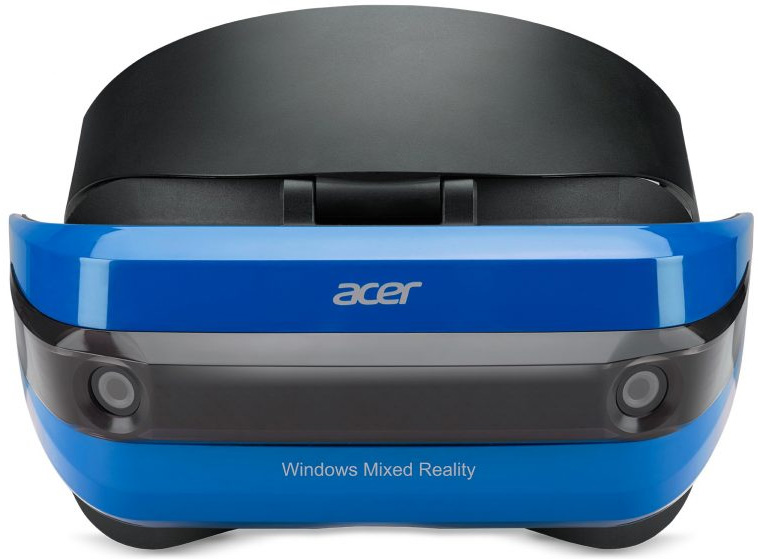
Microsoft is making a hard push into the mixed reality segment with Windows 10 as the platform of choice. It has managed to convince several hardware partners to build specialized headsets around set criteria for Windows 10 so that users will have a single and consistent user interface and standardized inputs. Meanwhile the pitch to developers is having a universal app platform to play with, along with Windows 10's growing footprint of users. Whether or not this all works out as planned remains to be seen, but in the meantime, some of Microsoft's partners have already offered up mixed reality headsets for preorder.
Acer is one of them. It was the first to show off a headset, which it started shipping to developers back in April. The headset features a pair of 2.89-inch 1440x1440 liquid crystal displays, a native refresh rate of up to 90Hz, and connects via HDMI 2.0 (display) and USB 3.0 (data). It also has built-in audio out and microphone support through a 3.5mm jack.
Consumers can preorder Acer's Developer Edition headset for $299 in the US from the Microsoft Store, and CAD $399 in Canada. The release date is scheduled for August 2017.
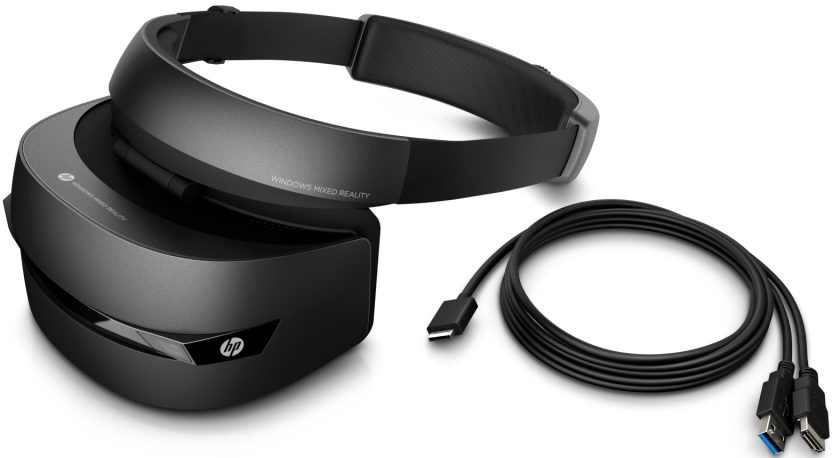
HP is another partner that already has a mixed reality headset up for preorder. It's slightly more expensive at $329 in the US and CAD $449 in Canada. The design is similar—perhaps a bit sleeker looking—with the same hardware specs as Acer's model. And like all mixed reality headsets for Windows 10, it features inside-out tracking, which negates the need for external motion sensors such as the HTC Vive's Lighthouse tracking system.
Like Acer's model, HP's headset is slated to arrive in August.
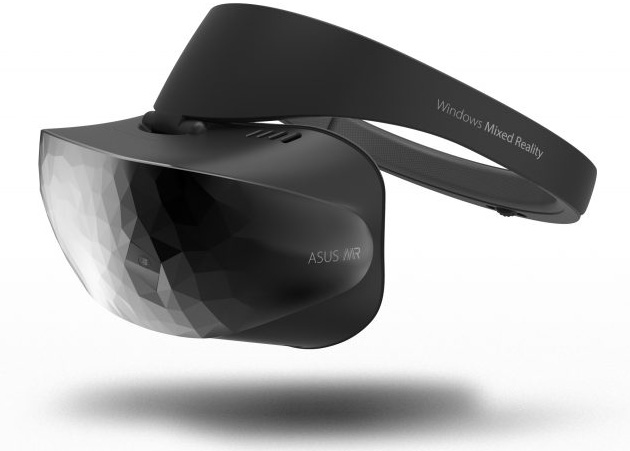
Asus is also embracing Microsoft's initiative, and the VR category as a whole. Adding to its Oculus-ready ROG gaming desktops and VR-ready Vivo PC X is a mixed reality headset with a futuristic design. While similar in style to the ones offered by Acer and HP, a polygonal 3D cover panel helps set this apart from the pack.
It also features an ergonomically adjustable strap to enable one-handed setup.
Keep up to date with the most important stories and the best deals, as picked by the PC Gamer team.
"Asus is engaged with Microsoft to make this HMD fast, powerful, and ultra-light with a six degrees of freedom (DOF) tracked motion controller, for an incredible, immersive MR experience," Microsoft says.
Beyond that, we don't have any hardware specifications for this headset, though we imagine the spec sheet will read the same as the other two, or at least be similar.
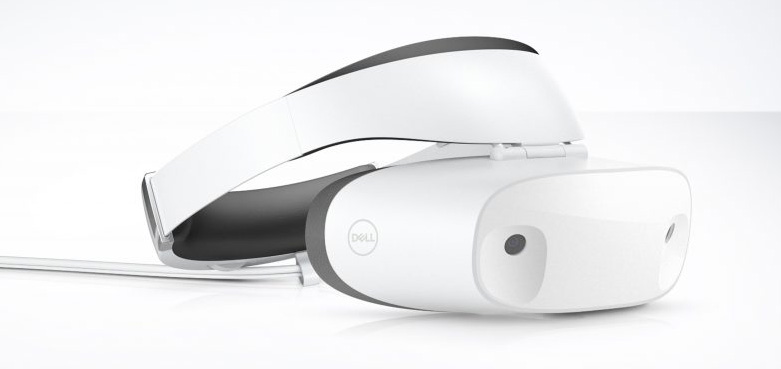
Dell is yet another hardware company that has partnered with Microsoft to deliver an affordable mixed reality headset. Once again, the styling is overall similar to the others, but with a white color scheme sets it apart.
Microsoft says Dell's headset is "uniquely focused on user comfort" and is designed by the same team that builds the company's XPS and Alienware PCs. It has replaceable cushions for a custom fit and a weight balanced headband that is centered on the user's head for long-term comfort. There is also a flip-up visor and cable routing that keeps wires out of the way.
This one will be available sometime this holiday season.
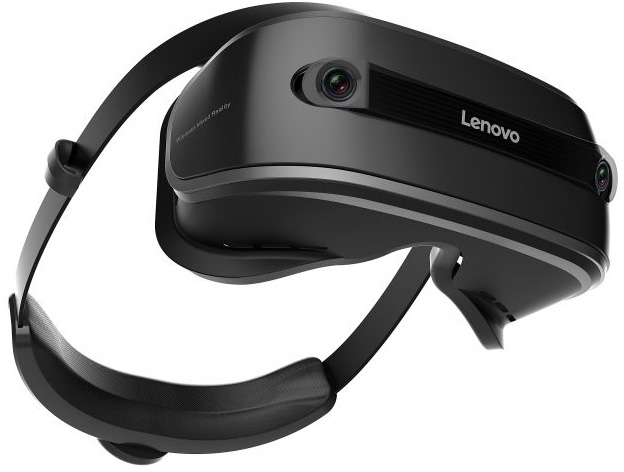
Finally, here is a look at Lenovo's mixed reality headset for Windows 10. Like the rest, it has built-in sensors for inside-out tracking and a simplified setup. We also suspect it will have the same or similar specs to both Acer and HP.
Microsoft says Lenovo's headset will be available sometime "later this year."
Paul has been playing PC games and raking his knuckles on computer hardware since the Commodore 64. He does not have any tattoos, but thinks it would be cool to get one that reads LOAD"*",8,1. In his off time, he rides motorcycles and wrestles alligators (only one of those is true).


